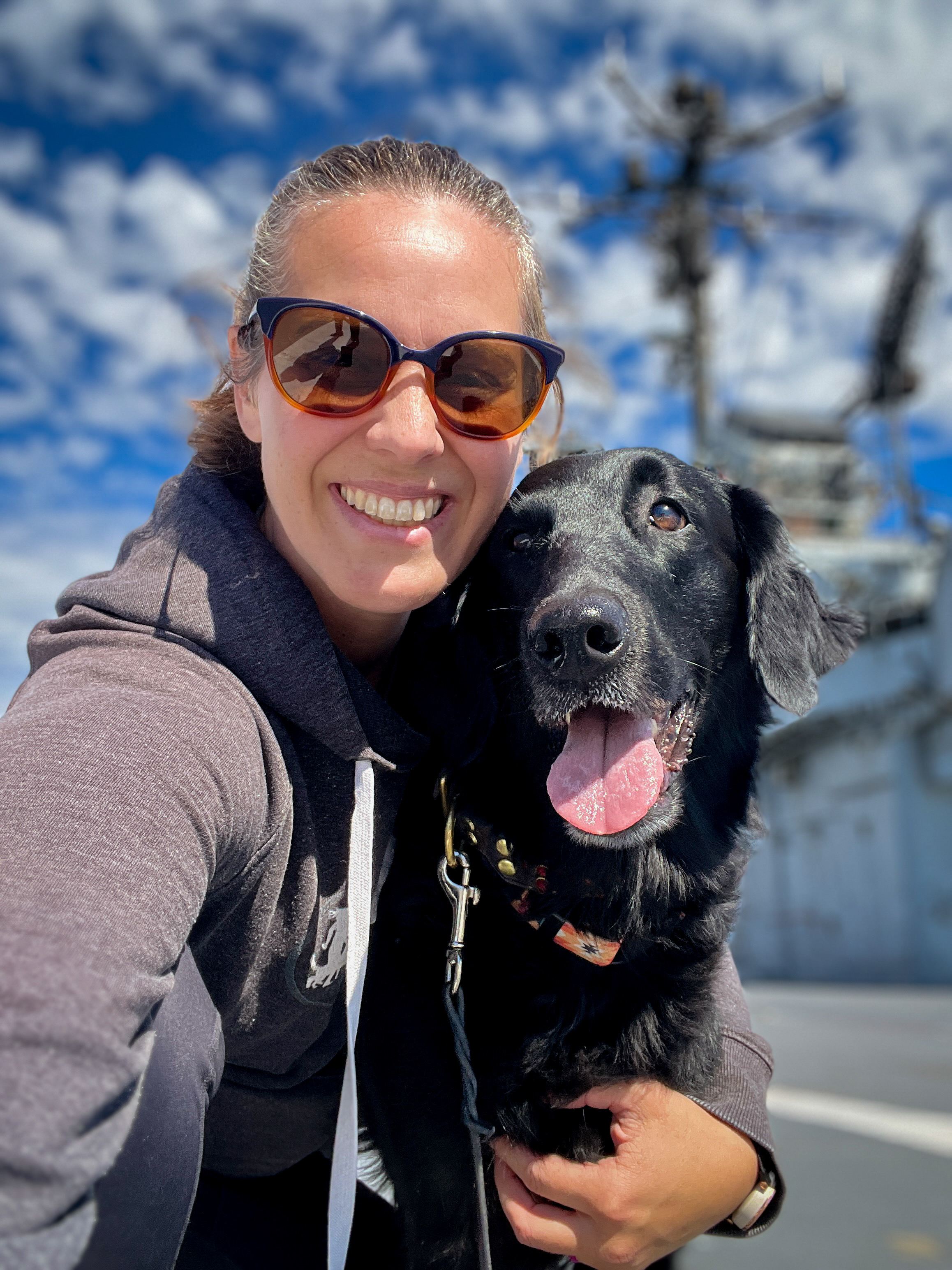Course Details
Learn how to care for your canine athlete while training, resting, or on the day of a big event. This class will focus on teaching you the skill of using your hands to work soft tissue to increase circulation, reduce healing time, and keep your dog feeling good between events and training sessions.
Canine massage can provide many benefits to any dog, but especially to a canine athlete. It doesn’t matter if your dog is young or old, massage can provide benefits that will help them recover quicker from training or big events or heal faster in the event that your dog has suffered an injury. It has had documented success in reducing stress responses, supporting the immune system, and reducing pain response. It is even more important for healthy teams to maintain healthy muscle tissue, but also to empower you to recognize any physical changes in your dog that might indicate a possibly subtle injury or weakness.
You can expect to learn what “healthy and normal” feels like, how to feel muscular tension and how to release it, as well as what to do when you feel something abnormal for your dog. This class will cover basic canine anatomy and massage techniques, as well as teaching you how to effectively assess and track your dog’s physical wellbeing. Each week will have homework that will focus on different techniques and how to apply them to your dog for the most effective results (and relaxing!).
Canine massage is not a substitute for veterinarian care but can be a fantastic supplemental therapy. Your knowledge of your dog’s body and behavior is an incredible tool to help you and your veterinarian team locate any issues if they were to arise.
Teaching Approach
Lectures will be released on a weekly basis. Each week’s lecture will have a component of general massage considerations, anatomy, specific massage techniques, and a specific homework assignment. These lectures will contain both written (concept as well as bullet point) as well as video instruction. The massage techniques and canine assessment will have detailed video to help you understand the application of the concepts we discuss. Students will work through materials at their own pace and get individualized feedback on their journey.
Feedback to video submissions of the homework assignments will be done through time-stamps as well as voice-over feedback. Written feedback will also be used to help explain concepts or answer questions.
Massage is done when the dog is comfortable. This can be on the floor (both), dog on a small raised bed or platform, or with a raised surface with the human standing. Raised surfaces can be grooming tables, table, or a massage table. I am happy to work with Gold teams to find the most optimum position to do the assignments for human AND dog.



